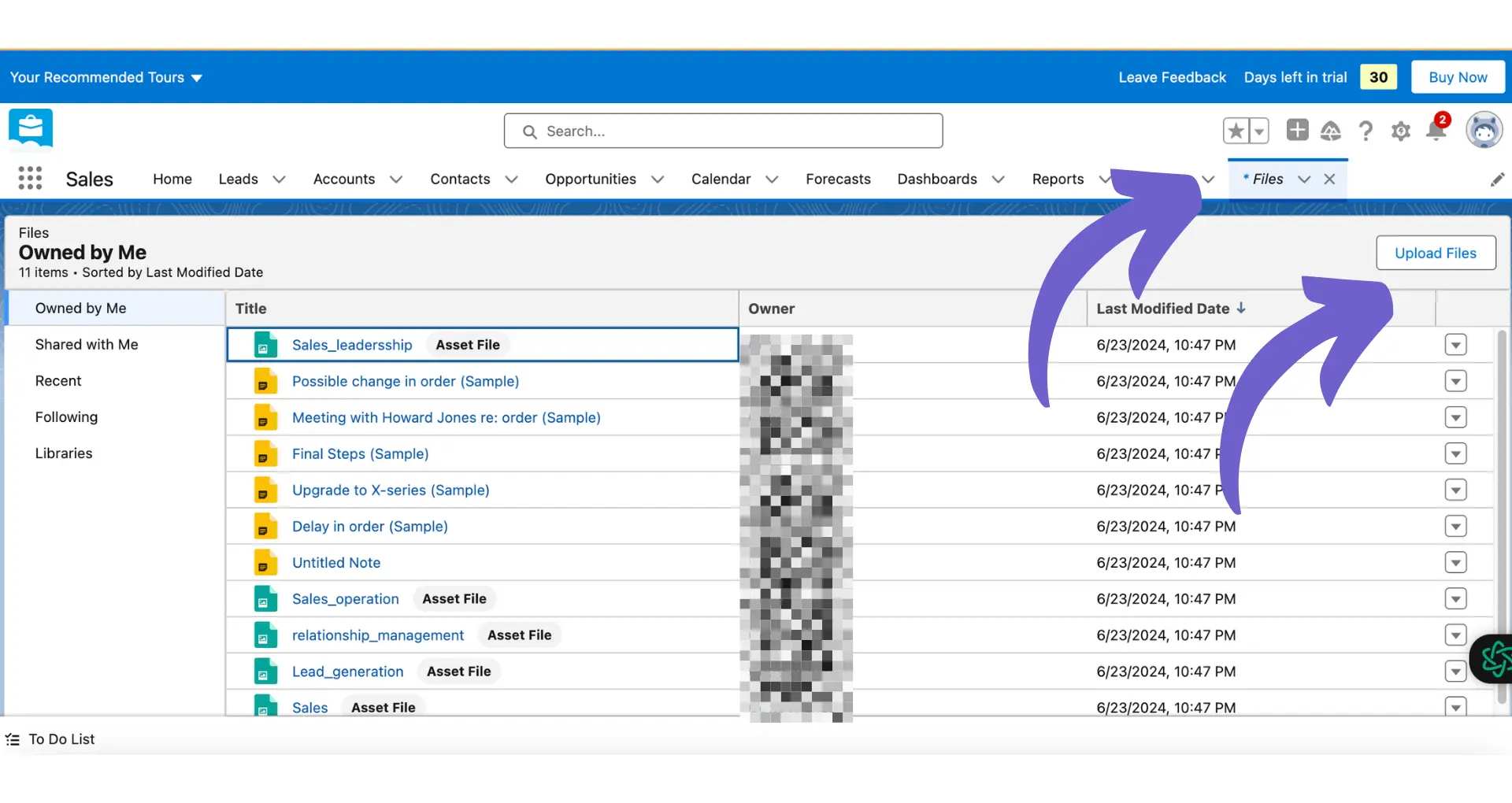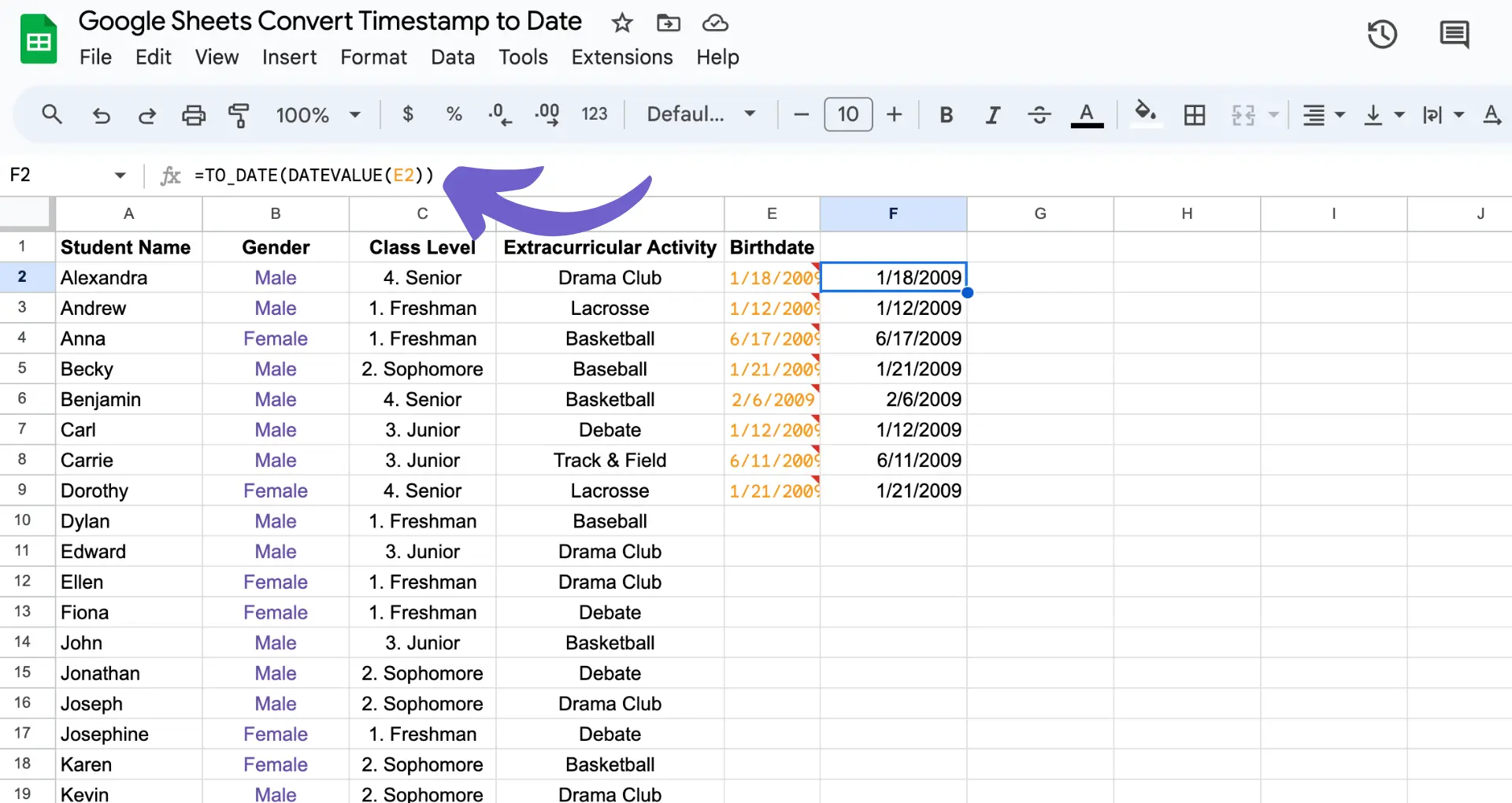Exporting data from HubSpot to Excel is a crucial task for businesses looking to analyze and report on their marketing, sales, and customer service data. In this step-by-step guide, we'll walk you through the process of exporting various types of data from HubSpot and importing it into Excel for further analysis. By following these steps, you'll be able to efficiently transfer your HubSpot data to Excel and gain valuable insights to inform your business decisions.
Understanding HubSpot Data Export Capabilities
HubSpot offers a wide range of data export options, allowing you to extract valuable information from your account. The types of data that can be exported include:
- Contacts
- Companies
- Deals
- Tickets
- Custom objects
When exporting data from HubSpot, it's essential to consider the limitations and permissions required. Depending on your subscription level and user permissions, you may have access to different export capabilities. Super admins have the most comprehensive export permissions, while other user roles may be restricted.
To export data successfully, ensure that you have the necessary permissions and that your account has sufficient export credits available. HubSpot imposes limits on the number of exports allowed within a specific time frame to maintain system performance and prevent abuse. For more efficient data management, consider using lead enrichment automation tools to streamline the process.
Preparing Your Data for Export
Before exporting data from HubSpot, it's crucial to prepare and review the information to ensure accuracy and relevance. Follow these steps to filter and select specific data or views in HubSpot:
- Navigate to the appropriate section in HubSpot, such as Contacts, Companies, Deals, or Tickets.
- Apply filters to narrow down the data based on specific criteria, such as date range, property values, or engagement history.
- Create custom views to organize and display the data in a meaningful way, focusing on the most relevant properties for your export.
Once you have filtered and selected the desired data, take the time to review and clean the information. This process may involve:
- Removing duplicate records
- Updating outdated or incorrect information
- Standardizing data formats (e.g., phone numbers, addresses)
- Ensuring consistency in property values
By reviewing and cleaning your data before exporting, you can improve the accuracy and usability of the exported files. This step is particularly important when using the exported data for data enrichment for analysis, reporting, or importing into other systems.
Get a more accurate dataset by automating this process. Learn how to scrape websites without code using Bardeen to gather and enrich data effortlessly.
Exporting Different Record Types from HubSpot
HubSpot allows you to export various types of records, including contacts, deals, and custom objects, in a few simple steps. Follow this guide to export your data:
- Navigate to the appropriate section in HubSpot (e.g., Contacts, Deals, or Custom Objects).
- Apply any necessary filters to refine the data you want to export.
- Click the "Export" button, typically located in the top-right corner of the screen.
- In the export dialog box, select your desired file format (CSV, XLSX, or XLS).
- Choose whether to include all properties or only those visible in the current view.
- If exporting contacts, decide if you want to include all email addresses for contacts with multiple emails.
- Select the language for your column headers (property values will not be translated).
- Click "Export" to begin the export process.
Once the export is complete, you'll receive an email with a download link to your exported file. Note that the link will expire after 30 days.
When exporting records with associated objects (e.g., contacts with associated deals), the exported file will include separate columns for each associated object's IDs and names.
Keep in mind that HubSpot has certain technical limits for exports, such as a maximum of 300 exports within a 24-hour window and up to three concurrent exports at a time. Large exports may be split into multiple files delivered in a zip folder. For a more streamlined process, consider using automation tools for lead enrichment.
Managing Large Data Exports and Technical Limits
When exporting large amounts of data from HubSpot, it's important to understand the process and considerations involved. HubSpot automatically batches large exports into multiple files, which are delivered in a zip folder for convenient download.
Keep in mind that HubSpot has certain technical limits in place for data exports:
- You can complete up to 300 exports within a rolling 24-hour window.
- You can have up to three concurrent exports running at the same time. Any additional exports will be queued until one of the three is completed.
- For large exports, it may take a few hours to complete the process. You'll receive multiple files in a zip folder when exporting more than 1,000,000 rows in CSV or XLSX format, or more than 65,535 rows in XLS format.
If you're a super admin, you can set up a large export warning notification to stay informed when users are exporting record data from your account. Each super admin can customize their notification preferences according to their needs.
To set up a large export warning notification:
- Click the settings icon in the top navigation bar.
- In the left sidebar menu, navigate to Import & Export.
- Under Export, specify the number of records that will trigger a notification when exported.
By understanding these technical limits and setting up appropriate notifications, you can effectively manage large data exports from HubSpot and ensure a smooth data transfer process. For more tips, check out our web scraper extensions to automate data management tasks.
Want to make data management even easier? Try Bardeen's AI-powered tools to automate your workflows and save time.
Utilizing Exported Data in Excel
Once you've exported your data from HubSpot, it's time to put it to work in Excel. Here are some tips to effectively use and manipulate your exported data:
- Sort and filter your data: Use Excel's built-in sorting and filtering tools to organize your data and focus on specific subsets. This can help you identify trends, outliers, and key insights.
- Create pivot tables: Pivot tables are a powerful way to summarize and analyze large datasets. Use them to quickly aggregate data, calculate metrics, and visualize relationships between different variables.
- Use conditional formatting: Highlight important data points or trends using conditional formatting. This can make it easier to spot patterns and outliers at a glance.
- Leverage formulas and functions: Excel has a wide range of built-in formulas and functions that can help you manipulate and analyze your data. Some useful functions include VLOOKUP, SUMIF, and COUNTIF.
- Create charts and graphs: Visualizing your data can make it easier to communicate insights to others. Use Excel's charting tools to create bar charts, line graphs, scatter plots, and more.
For more advanced data analysis and visualization, consider using some of Excel's more powerful features:
- Power Query: This tool allows you to connect to multiple data sources, clean and transform your data, and create reusable queries.
- Power Pivot: With Power Pivot, you can create complex data models and calculations using DAX (Data Analysis Expressions).
- Power BI: While not strictly an Excel feature, Power BI is a powerful data visualization and business intelligence tool that integrates seamlessly with Excel.
By mastering these Excel skills and features, you'll be well-equipped to analyze and gain insights from your exported HubSpot data. If you want to connect Microsoft Excel to other tools, Bardeen offers helpful integrations to streamline your workflow.





